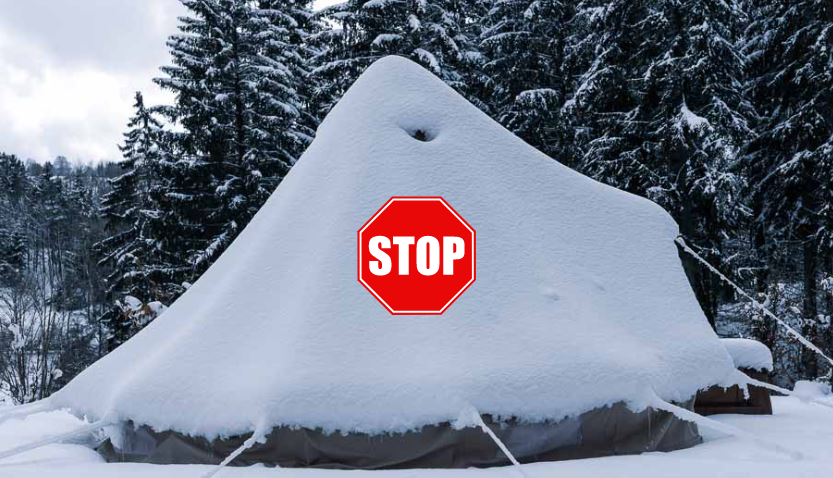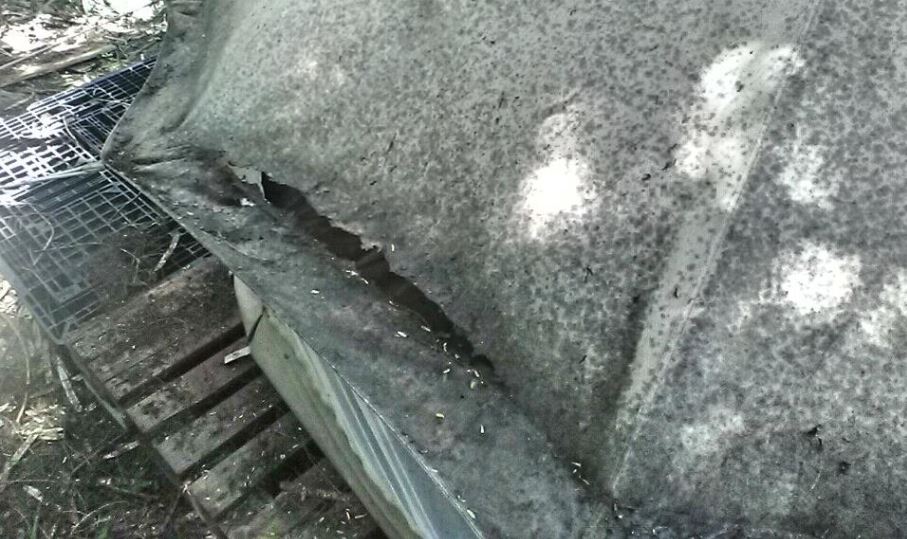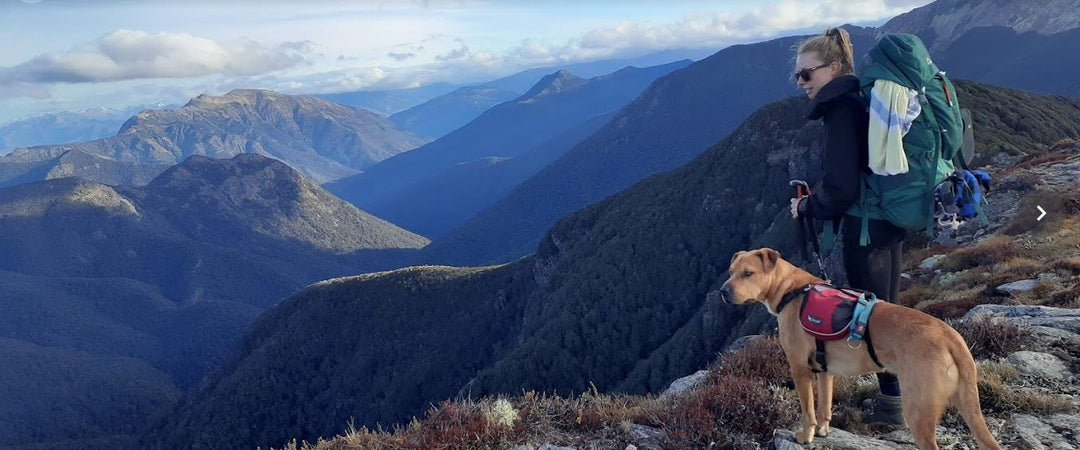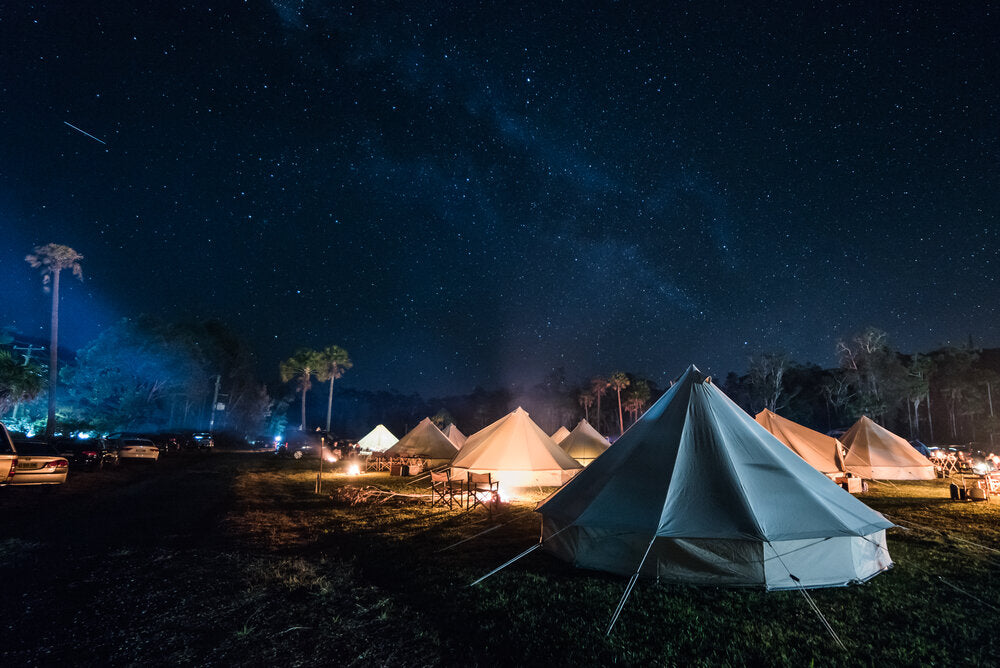As a alpinist, it blows my mind when I come accross some of the applications of our products in extreme environments, without an understanding of the risks involved within those environments. While products such as the portable woodburners, and our general adventurous ethos, further enable and encourage people to get out there and experience, it is certainly necessary to know the dangers.
We have often seen enthusiasts posting imagery of tipis and bell tents caked in snow which is also know as Bell tent Snowloading. While it does like cool, (no pun intended) it is indeed hugely dangerous. Just like snow mounds, igloos, and caves - it is important to maintain the integrity of your structure. A snow mound has 80cm minimum wall thickness, and a dome effect. This freezes over and creates a strong, bride-like shelter to rest inside.

- Here are some facts:
- 1 cubic metre of "dry" snow is roughly 50kg
- wet snow is 3 time this at 150kg.
- 1 x 5m bell tent is approx 20sqm
- With the bell tents 45deg angle roof - this adds another 50% of potential snow catchment; 30sqm x
- maths: For 15cm of snow.
- thats 600kg + on snow on the canvas!!
When camping in snow, safety should be a top priority. Here are some important safety considerations to keep in mind:
-
Check Weather Conditions: Before heading out, monitor weather forecasts and be aware of any potential storms, heavy snowfall, or extreme cold warnings. Plan your trip accordingly and be prepared for changing conditions.
-
Avalanche Awareness: If you're camping in mountainous areas with avalanche risks, it's crucial to have knowledge of avalanche safety. Learn how to assess avalanche conditions, recognize warning signs, and avoid high-risk areas. Carry avalanche safety equipment such as beacons, shovels, and probes, and ensure everyone in your group knows how to use them.
-
Plan and Share Itinerary: Inform someone reliable about your camping plans, including your route, expected duration, and emergency contacts. This ensures that someone is aware of your whereabouts and can alert authorities if needed.
-
Proper Gear and Equipment: Use appropriate gear designed for winter camping. This includes a four-season tent capable of withstanding snow loads, insulated sleeping bags rated for cold temperatures, warm clothing layers, waterproof outerwear, sturdy boots, snowshoes or skis for mobility, and a reliable stove for cooking. Carry extra warm layers and gear in case of emergencies.
-
Fire Safety: If you plan to have a campfire, choose a safe location away from flammable materials. Clear the area of snow and create a fire pit with rocks or a designated fire ring. Keep the fire contained and never leave it unattended. Ensure you have enough water and a shovel to extinguish the fire completely before leaving the campsite.
-
Stay Hydrated and Nourished: Cold temperatures can increase dehydration and calorie requirements. Drink plenty of fluids and eat nutritious, high-energy foods to maintain your body's warmth and fuel.
-
Stay Dry: Moisture can quickly lead to hypothermia in cold conditions. Keep yourself and your clothing dry. Use waterproof outer layers, change into dry clothes if they become wet, and ensure you have proper insulation and moisture-wicking layers.
-
Navigation and Communication: Visibility can be limited in snowy conditions. Carry a map, compass, or GPS device, and know how to use them to navigate safely. It's also a good idea to have a communication device, such as a mobile phone or satellite phone, to reach out for help if needed.
-
Cold Weather Injuries: Be aware of the signs and symptoms of cold weather injuries such as frostbite and hypothermia. Protect exposed skin, keep extremities warm, and seek shelter if necessary. Know how to recognize and treat these conditions.
-
Practice Leave No Trace: Respect the environment and leave the campsite as you found it. Dispose of waste properly, including human waste, and minimize your impact on the fragile snow-covered ecosyst
By prioritizing safety and being well-prepared for the challenges of camping in the snow, you can have a rewarding and enjoyable experience in winter landscapes. Always exercise caution, stay informed, and make responsible decisions to ensure a safe camping trip.





